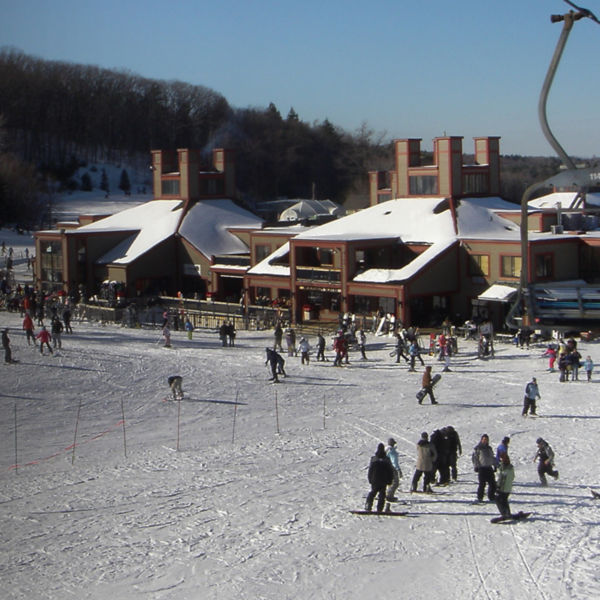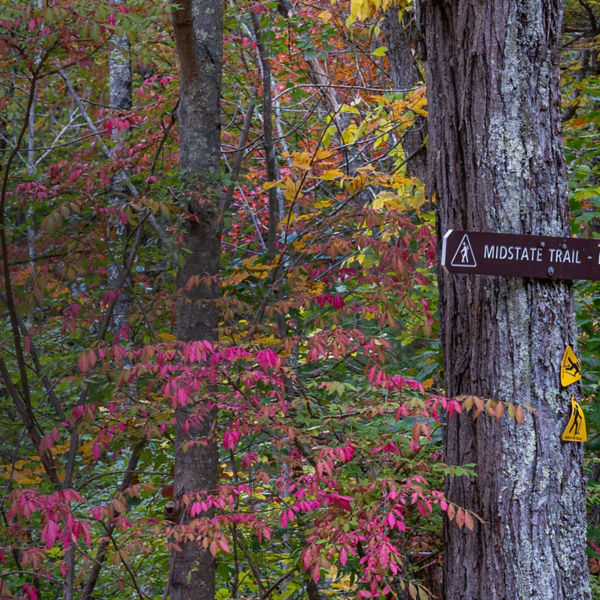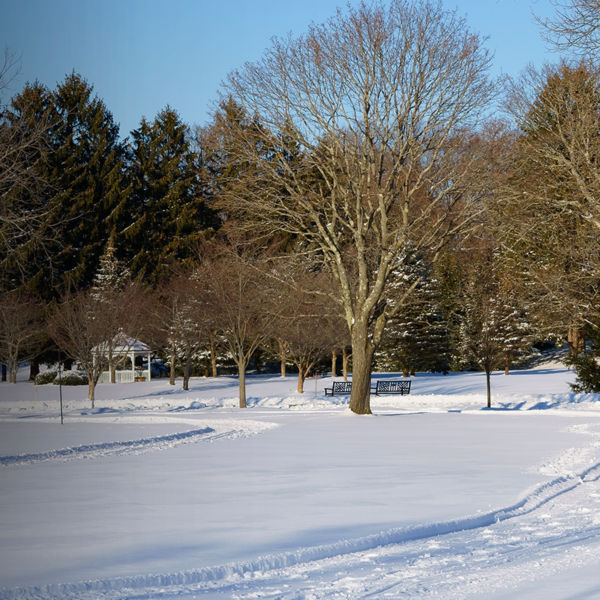
The first thing you notice about the walls of Quincy Quarries, a climbing destination located just south of Boston, is the color.
They’re pink. And blue, red, teal, and purple. Everywhere you look, the walls of this quirky crag are covered in layers of graffiti paint. In some places, the art covers just the lower walls—everything within arm’s reach of the ground. In others, letters crawl as high as 30 feet up the wall, painted by artists equipped with ropes and rappelling rigs.
Ever since Raodee Rekloos was a kid, he remembers visiting and getting to experience such cool, large-scale pieces of art. “That made an impact on me; I’d never seen that type of art done in those types of spaces,” says Rekloos, now a renowned artist and muralist from Cambridge, Mass. “It was completely unexpected. It took me by surprise. And that’s the essence of that type of art.”
Rekloos found the quarries’ large-scale murals inspiring. But not everyone feels that way.
The Quincy Quarries have existed since the 1800s, the result of decades of granite mining that helped make Boston such a hot industrial center. Around the turn of the 20th century, though, the pits were largely abandoned and filled with water. The pools, each of which were hundreds of feet deep, attracted cliff jumpers first. Then climbers started establishing routes as early as the 1920s, putting the quarries at the leading edge of hard rock climbing in the United States. Around the same time, graffiti art began to appear.
All of this was discouraged, of course. Authorities didn’t want any of the liability associated with the cliff jumpers or the climbing, and the graffiti back then wasn’t always family-friendly. Then, in the 1990s, Boston started its “Big Dig” tunnel project in an effort to alleviate Interstate 93 traffic. The dirt had to go somewhere. The quarries, officials decided, would be the perfect place.
Climbing the Quarries
Today, Quincy Quarries is managed by the state’s Dept. of Conservation and Recreation (DCR) as part of the Blue Hills Reservation. Though most of the pits are filled in, many climbing walls remain, and the hard granite, easy top-rope access, and convenient location make it a favorite training spot for local climbers.
“It’s one of the closest climbing areas in the country to a major urban center,” explains guide and local climber Doug Martland, who lives just minutes away. “There are lots of people in Boston and the surrounding suburbs who are able to get out here and climb. And if you’re making the transition from gym to crag, it’s a really safe option in terms of easy access—it’s a two-minute walk from the car, and top-rope anchors are really friendly.”
Martland says the old-school grades make for tough climbing, but the spray paint can be a bigger problem. After all, thick layers of it can fill crucial holds, making historic routes unclimbable. Even a thin layer of paint leaves a slick texture that makes small edges tough to hang onto.
“The state used to come here every year and wash off the walls before this climbing festival they used to have,” Martland says. Some climbers would like to see graffiti-free walls become the new norm, and historic routes restored.
Others, like Martland, don’t necessarily agree. By now, he says, the graffiti is a fundamental part of the quarries—just as much as the climbing.
“The reality is that this has become a place where graffiti artists go and paint,” he explains. “When I used to visit 20 years ago, I would see a lot more climbers than other people. But now the biggest draw is really the graffiti.”



































